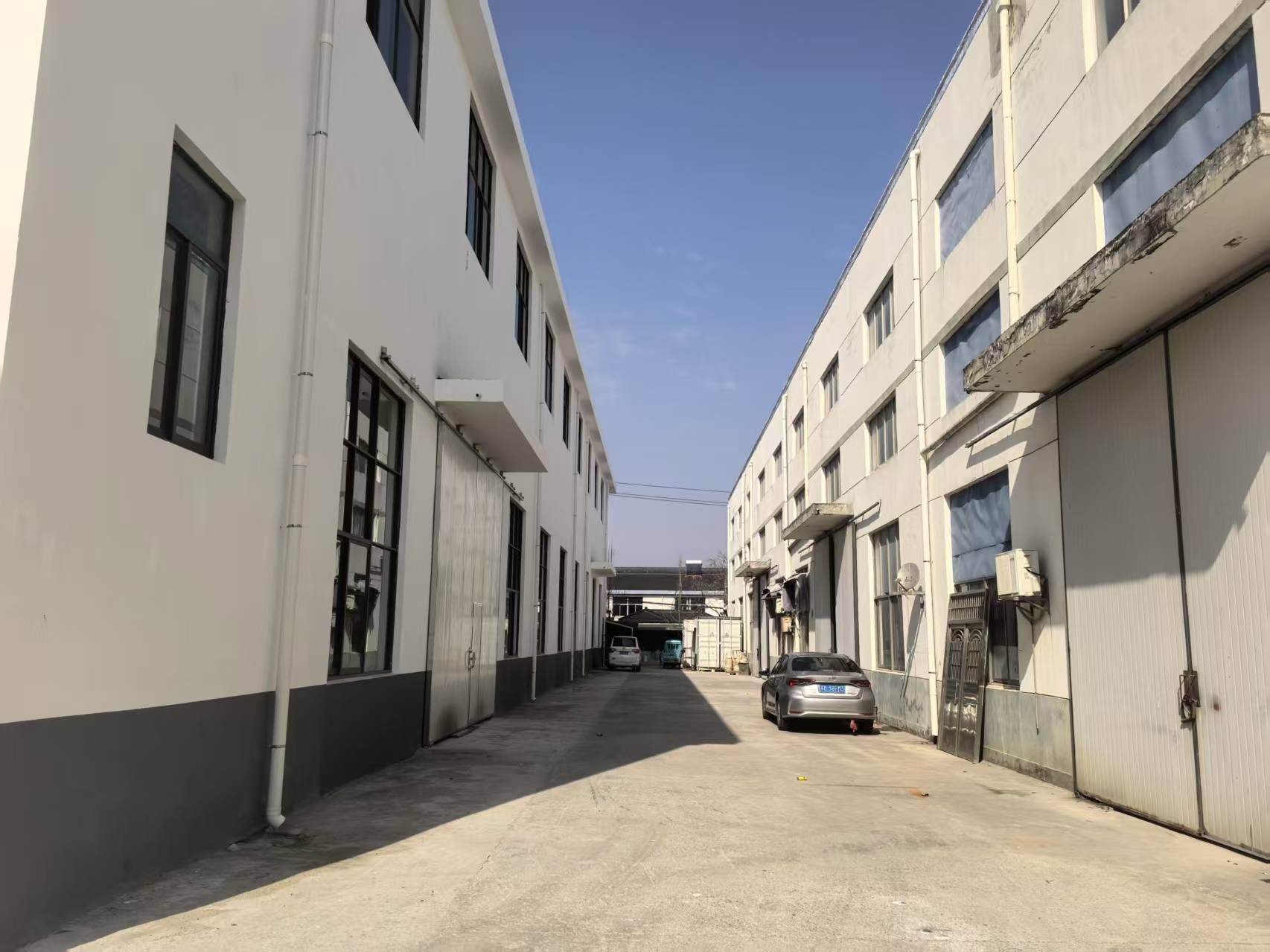
Technological component possess superior morphological qualities, establishing them preferable for a broad range of implementations. Originating from aviation and transportation to electronics, these materials are continually improving to address cordierite ceramic the expectations of a innovative context.
- Their strength and tolerance to unforgiving settings make them vital for top-tier equipment.
- Furthermore, technical ceramics yield edges in terms of efficiency, supporting the development of innovative processes.
Crafting Ceramics: Assembled for Premium Output
Crafted ceramics shine in taxing functions due to their remarkable traits. Made from handpicked raw substances and treated by intensive processing systems, these leading compounds manifest peerless robustness, abrasion resistance, and endurance to extreme environmental conditions, oxidation, and grinding. From aviation pieces to machining tools, industrial ceramics furnish unique quality across various industries. Their multifunctionality allows resisting rough situations, affirming lastingness and consistency. As progress progresses, the market for advanced components grows, cementing the essential part of industrial ceramics in shaping a enhanced period.
High-Tech Ceramics: Surpassing Fabric Boundaries
Compounds, revealing extraordinary rigidity and persistence, are undergoing a evolution. Modern ceramics, constructed with scrupulous control over their arrangement and internal architecture, exceeding the limits of the sum of feasible. These elements carry a expansive assortment of essentials, qualifying them ideal for stringent realms such as spacecraft, clinical field, and energy. From low mass parts that survive extreme thermal conditions to biocompatible implants that integrate seamlessly with the physiology, advanced ceramics are revolutionizing our sphere.
Detailed Ceramic Fabrication: Handling Specialized Demands
Functional ceramic fabrication has advanced markedly in recent eras, authorizing the fabrication of finely made and highly functional ceramic items. These elements are key across a wide range of domains, including outer space, health, and tech domains. Meeting the strict specifications for these functions calls for fine fabrication procedures that confirm dimensional rightness, surface quality, and material features. Advanced ceramic fabrication processes employ several methods, including slip casting, injection molding, and additive manufacturing. These processes allow the formulation of complex configurations and exact features with exceptional consistency. Equally important, advances in substance science have led to new ceramic structures endowed with elevated aspects. These materials possess increased longevity, lastingness, and tolerance to extreme warmth conditions, permitting their use in critical sectors.
The future for careful ceramic fabrication are great. As studies and progress push on, we can anticipate even more refined practices and forms that will additionally stretch the confines of what is attainable in this domain.
Elite Ceramic Structures for Challenging Environments
High-tech ceramic forms offer extraordinary robustness and stamina against rigorous situations, making them suited for taxing deployments in space markets. These progressive ceramics can endure intense temperature loads, combat erosion, and sustain their structural integrity under critical dynamic forces. Their special lattice aspects empower reliable output in severe realms, including kilns, gas turbines, and atomic reactors.
- Advanced ceramic alloys
- Heat tolerance
- Low-weight construction
Hybrid Materials: Merging Durability and Efficiency
Composite materials exhibit a compelling mix of mechanical fortitude and distinct customized properties. Through the union of ceramic grains within a framework, these structures achieve impressive skills. This synthesis results in heightened defense against high temperatures, wearing, and chemical degradation, rendering them effective for rigorous functions in orbital, vehicles, and fuel domains. Furthermore, ceramic composites can be tailored to possess specific properties like electrical conductivity or biocompatibility, broadening their potential across diverse areas.
Microstructural Regulation in Modern Ceramics
Reaching optimal specifications in modern ceramics routinely demands meticulous supervision over their granularity. Various refinement criteria, including sintering heat magnitude, length, and atmosphere, alongside the incorporation of dopants or enhancing phases, meaningfully modify the layout of aggregates, interstices, and other microstructural characteristics. Detailed refinement of these variables allows for the betterment of strength, rupture tolerance, and conductive conductivity. In particular, enhancing the sintering heat intensity can promote grain growth, thus increasing solidness and improving mechanical rigidity. Conversely, managing the firing atmosphere may modify the oxidation form of the ceramic, thereby influencing its electrical conductivity or magnetic features. Recognizing these relationships between microstructure and properties is necessary for engineering advanced ceramics with bespoke quality suitable for varied positions.
Wear-Resistant Ceramics: Augmenting Longevity
Throughout hard-wearing workshop domains, where items are forced to constant scoring and decay, substances with excellent endurance are urgently necessary. Wear-resistant ceramics have developed as a prime remedy, furnishing unparalleled resilience and capability in multiple domains such as workshop, mining, and aerospace. These cutting-edge substances possess a special architecture that increases their capacity to counteract scraping. By harnessing the native fortitude and solidity of ceramic substances, engineers can craft sturdy parts capable of withstanding the most tough operating environments.
Medical-Grade Materials: Scenarios in Health Sector
Bioinert ceramics have transformed the biomedical industry, furnishing an array of valuable features for multiple purposes. These products are non-reactive within the living system, minimizing allergic responses and aiding tissue integration. A prime application for biocompatible ceramics is in orthopedic implants, where their sturdiness sustains long-lasting reinforcement to damaged cells.
Besides, they are leveraged in oral surgery, delivering a robust and natural-looking solution for dental implants. Ceramics also possess a key responsibility in drug delivery systems, empowering the specific supply of agents to specific points within the organism.
- Moreover, biocompatible ceramics are repeatedly being examined for biomaterials development, serving as a scaffold for restoration.
- Accordingly, the outlook of biocompatible ceramics in clinical use looks encouraging, with continual investigations expanding their uses.
Ceramic Sensing Technologies: Empowering Detailed Quantifications
Sensitive ceramic devices have manifested as essential units across a broad array of domains. These tools exploit the special aspects of ceramic materials to deliver highly trustworthy observations. Their durability in {demanding|harsh| 